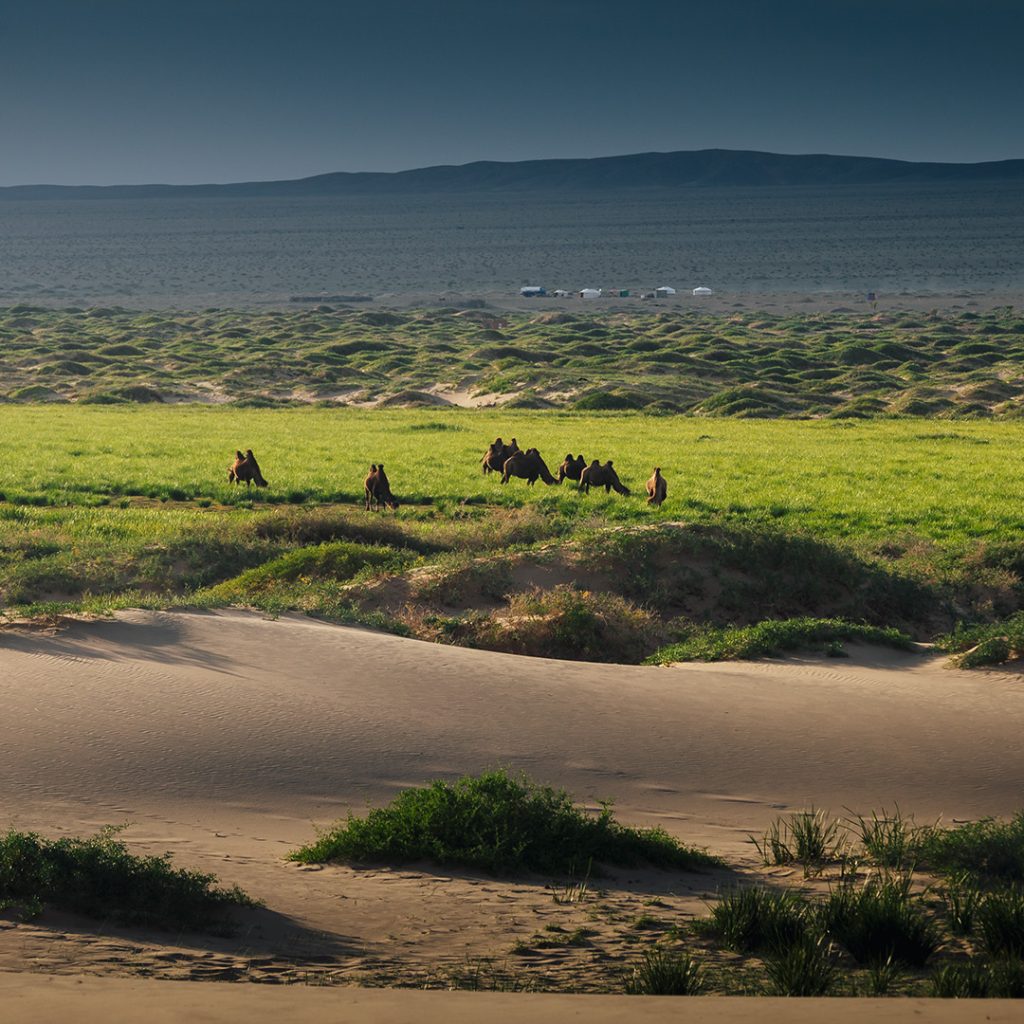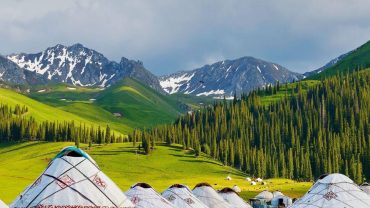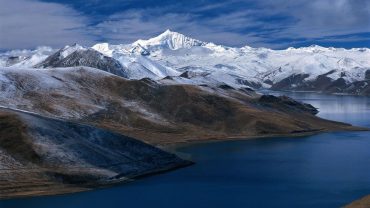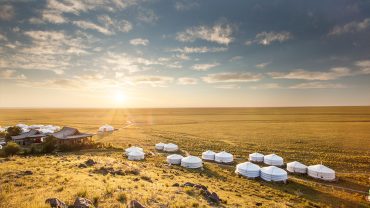The Gobi Desert is one of the most remote and harshest environments on the planet, yet it is also a place of stark beauty and rich history. Stretching across large portions of Mongolia and China, this vast desert has captivated explorers, scientists, and adventurers for centuries. Here are the top 10 fascinating facts about the Gobi Desert in Mongolia that will leave you in awe of this incredible natural wonder.

- Extreme Temperature Fluctuations
The Gobi Desert is known for its extreme temperature fluctuations, with scorching hot days and frigid nights. During the summer months, temperatures can soar above 40°C (104°F), while at night, the mercury can plummet to below freezing. This dramatic temperature swing is due to the desert’s dry air, which allows the heat to escape quickly once the sun sets. - Diverse Landscape
Contrary to popular belief, the Gobi Desert is not a vast expanse of endless sand dunes. In fact, it is a diverse landscape comprising various terrains, including rocky outcrops, gravel plains, dry riverbeds, and even ice-capped mountains. This diversity is a result of the desert’s unique geological history and the forces that have shaped it over millions of years. - Home to Rare and Endangered Species
Despite its harsh conditions, the Gobi Desert is home to a surprising array of rare and endangered species. The Bactrian camel, the only true wild camel species, roams the Gobi’s arid landscapes. Additionally, the desert is home to the Gobi bear, a distinct subspecies of the brown bear, and the elusive snow leopard, which inhabits the mountain ranges on the desert’s fringes. - Ancient Dinosaur Fossils
The Gobi Desert is a treasure trove for paleontologists, as it has yielded some of the most significant dinosaur fossil discoveries in the world. The Flaming Cliffs, a stunning red-hued rock formation in the Mongolian Gobi, is particularly famous for its rich deposits of dinosaur eggs and skeletons, including the first-ever dinosaur eggs to be discovered with intact embryos. - Legendary Silk Road
For centuries, the Gobi Desert was traversed by merchants, travelers, and conquerors along the ancient Silk Road, a network of trade routes that connected China with the Mediterranean region. The desert’s harsh conditions made the journey treacherous, but the Silk Road played a crucial role in facilitating cultural exchange and the spread of knowledge, ideas, and goods between East and West. - Unique Geological Formations
The Gobi Desert is home to some of the most unique and fascinating geological formations on the planet. The Yardang landforms, sculpted by wind erosion, resemble a vast sea of petrified waves frozen in time. The Singing Dunes, located in the Mongolian Gobi, emit a low, rumbling sound when the sand shifts, creating a mesmerizing natural phenomenon. - Ancient Cities and Ruins
Scattered throughout the Gobi Desert are the remains of ancient cities and settlements, remnants of civilizations that once thrived in this harsh environment. The Khara Khoto ruins, located in the Chinese part of the Gobi, were once a prosperous city along the Silk Road, now abandoned and swallowed by the desert sands. - Nomadic Culture
The Gobi Desert has been home to nomadic peoples for centuries, including the Mongolian nomads who have mastered the art of living in harmony with the harsh desert environment. These nomads have developed unique traditions, customs, and ways of life that have been passed down through generations, offering a glimpse into a way of life that is rapidly disappearing in the modern world. - Stargazing Paradise
With its vast, clear skies and minimal light pollution, the Gobi Desert is a stargazer’s paradise. The Mongolian Gobi, in particular, offers some of the best stargazing opportunities in the world, allowing visitors to witness the Milky Way in all its glory and observe celestial events with unparalleled clarity. - Legendary Explorers
The Gobi Desert has long captivated explorers and adventurers, many of whom have left their mark on this unforgiving landscape. Roy Chapman Andrews, an American explorer and naturalist, led several expeditions to the Gobi in the 1920s, uncovering countless fossils and making significant contributions to our understanding of the region’s natural history. Marco Polo, the famous Venetian explorer, is also believed to have traversed the Gobi Desert during his epic journey to China in the 13th century.
The Gobi Desert is a place of extreme contrasts, where the harshness of the environment is balanced by its breathtaking beauty and rich cultural heritage. Whether you’re fascinated by its ancient history, unique geology, or the resilience of its flora and fauna, the Gobi Desert is sure to captivate and inspire all who venture into its vast expanse.




Comment (0)